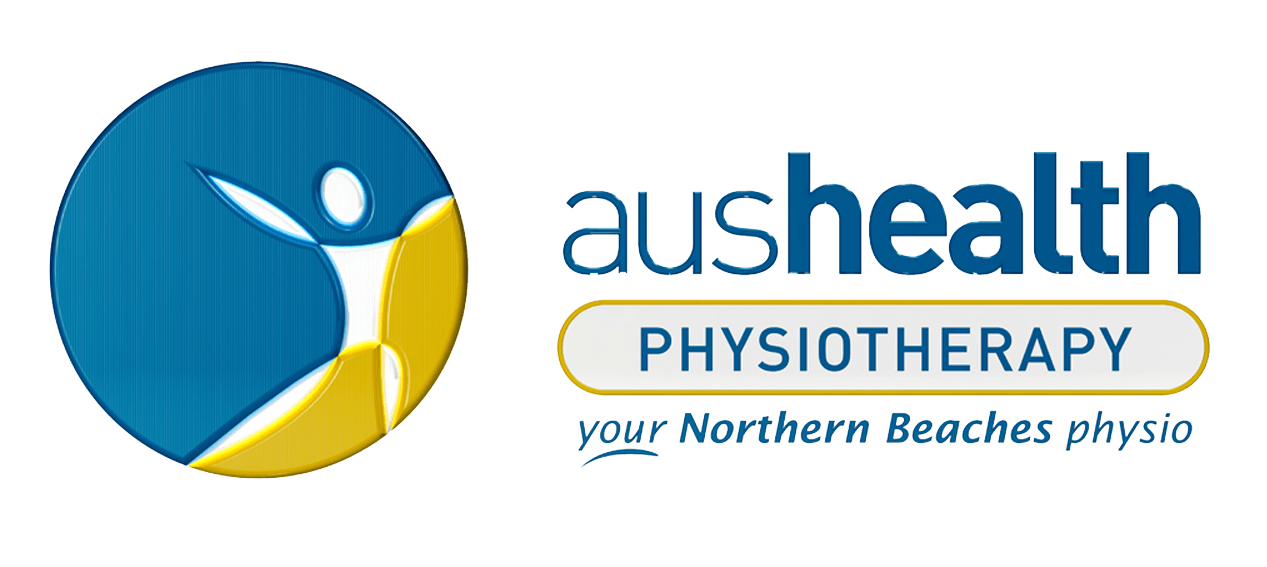

Pregnant…how’s your back??
50-75% of women suffer from back or pelvic pain at some point during their pregnancy – you are not alone!
There are a number of reasons you may experience this:
- Hormonal changes – This increases the pliability of your non-stretch tissues, such as ligaments, so that your body can accommodate your growing baby
- Muscle lengthening – as your body accommodates the baby, your abdominals lengthen
- Increased load – your body weight increases due to the weight of the baby, amniotic fluid, placenta and increased breast tissue
- Postural changes – your centre of gravity shifts to balance your growing tummy, your low back tends to flatten and upper back curves forwards to a greater extent
- Fatigue – pregnancy, especially in the later stages, can be physically tiring due to the abdominal muscles being lengthened and working less efficiently. Other muscles, such as the back muscles and deep hip rotators compensated and become tight and sore
The good news is that if you’re suffering with aches and pains, we’re here to help you. At Aushealth Physiotherapy we specialise in ante- and post- natal musculoskeletal assessment and treatment. We work with your body to optimise function and minimise pain and discomfort using evidence based treatment methods. These may include specific soft tissue release, joint mobilization, postural re-education, movement control advice, pregnancy-safe core stability exercises, strength and endurance programmes, pregnancy-safe pilates and the use of braces and supports if required. We also have Remedial Massage Therapists trained in pregnancy massage to provide full relaxation and an essential bit of pampering.
Here are our top self-help tips for a pain-free pregnancy:
- Be symmetrical – sitting, standing – bear your weight evenly between left and right sides
- Rest well – listen to your body, it is going through massive changes, when you’re tired, rest in a well supported position – use as many pillows as you need to be comfortable. Common places to put pillows are between your knees or under your top arm when sidelying. Heres a great example below;
- Become aquainted with your pelvic floor muscles (see the pelvic floor blog for more information). If unsure whether you are performing your pelvic floor exercises properly, we can help! Exercising these muscles now, before birth will help yourself with birth and afterwards.
- Lift and carry with forethought – use your pelvic floor and abdominal muscles before starting the lift/carry and maintain them during it. Or get some one else to do all the hard work.
- Think about your footwear – long periods on your feet = comfortable, supportive shoes
- Continue to exercise and be physically active as long as it feels good. Always check in with us if your not sure.
- Build in a few simple stretches/exercises into your everyday routine to keep your body moving and posture feeling tip top. Please only try these stretches after guidance from a health professional, or if you are looking for a specfic exercise routine to suit your body and bump please come and see one of our lovely Physios who can tailor it just for you.



